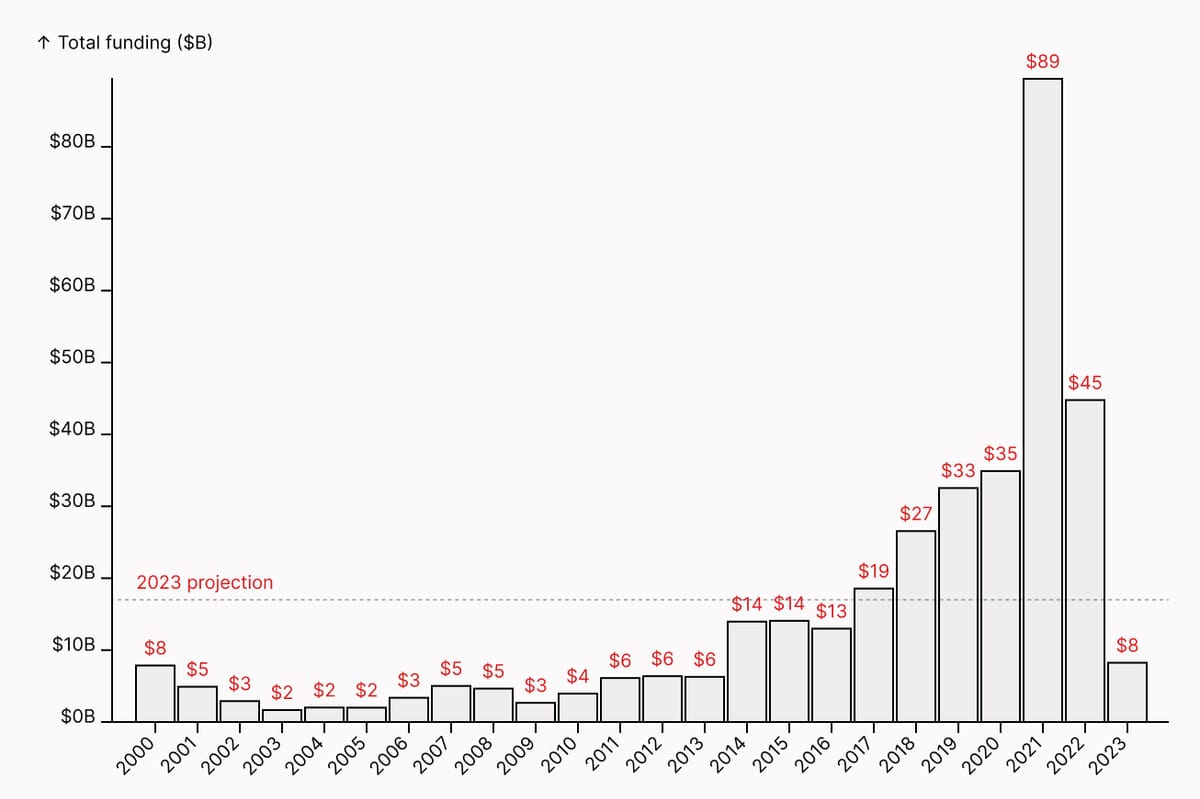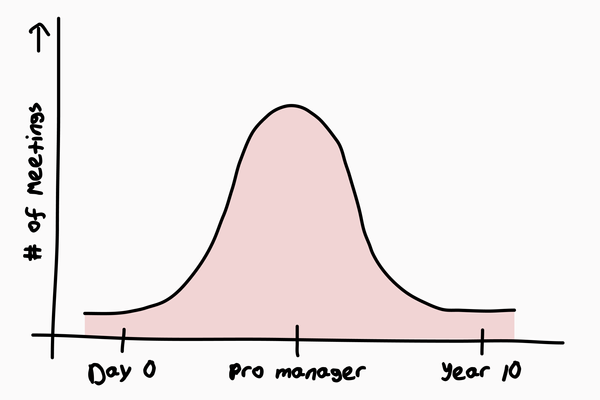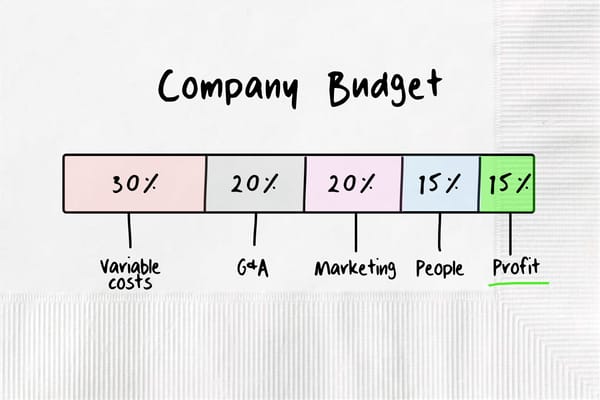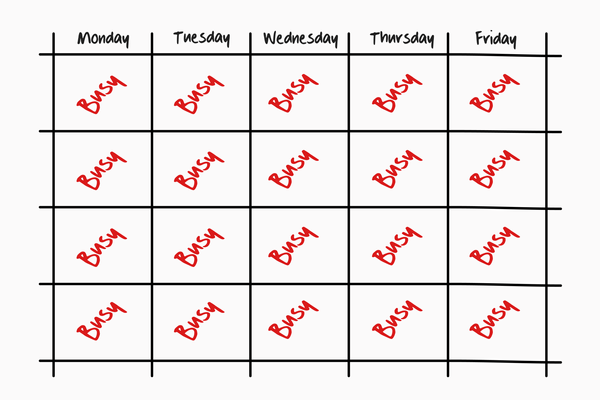Is Growth Stage Venture Capital Dead?
Growth equity funding exploded five years ago and abruptly stopped this year. No boom times ahead.

Inbound investor inquiry—when venture capital funds cold email companies to pursue an investment—was common during 2020 and 2021. At the time, Albert, the company I run, was generating tens of millions of dollars in revenue. I received a lot of emails. Today, Albert is much bigger, profitable, and still growing quickly, but the inbound investor emails have long stopped.
A brief history
In its current format, growth stage venture capital is relatively new. Before VC funds exploded in size, companies had a few choices: (i) run profitably, (ii) sell, or (iii) enter the public markets by IPO, which were smaller and more frequent. This forced financial discipline on companies. Companies had to show meaningful revenue, sustained growth, and profit.
The financial crisis in 2008 triggered the Federal Reserve's zero interest-rate policy (ZIRP). Over the decade and a half that followed, investors stretched for returns, which spawned new asset classes.
One of these asset classes was growth stage equity. VC firms raised multi-billion dollar funds to invest in late stage, illiquid, pre-IPO startups. The basic pitch was that a 15% return is better than 0% earned on cash.
As ZIRP went on, late stage investing expanded beyond pre-IPO companies. By 2021, valuations soared to over 20x revenue, and in some cases much higher, with no differentiation between high and low gross margin businesses. Profitability was disregarded.
Series C and D capital raised in the U.S.

Number Series C and D deals in the U.S.

Interest rates rise
Growth stage venture capital investing has collapsed to pre-2017 levels.
Starting in 2022, the Fed raised the benchmark interest rate from 0% to over 5% in a year. Growth stage investments collapsed to pre-2017 levels. This happened for two reasons:





